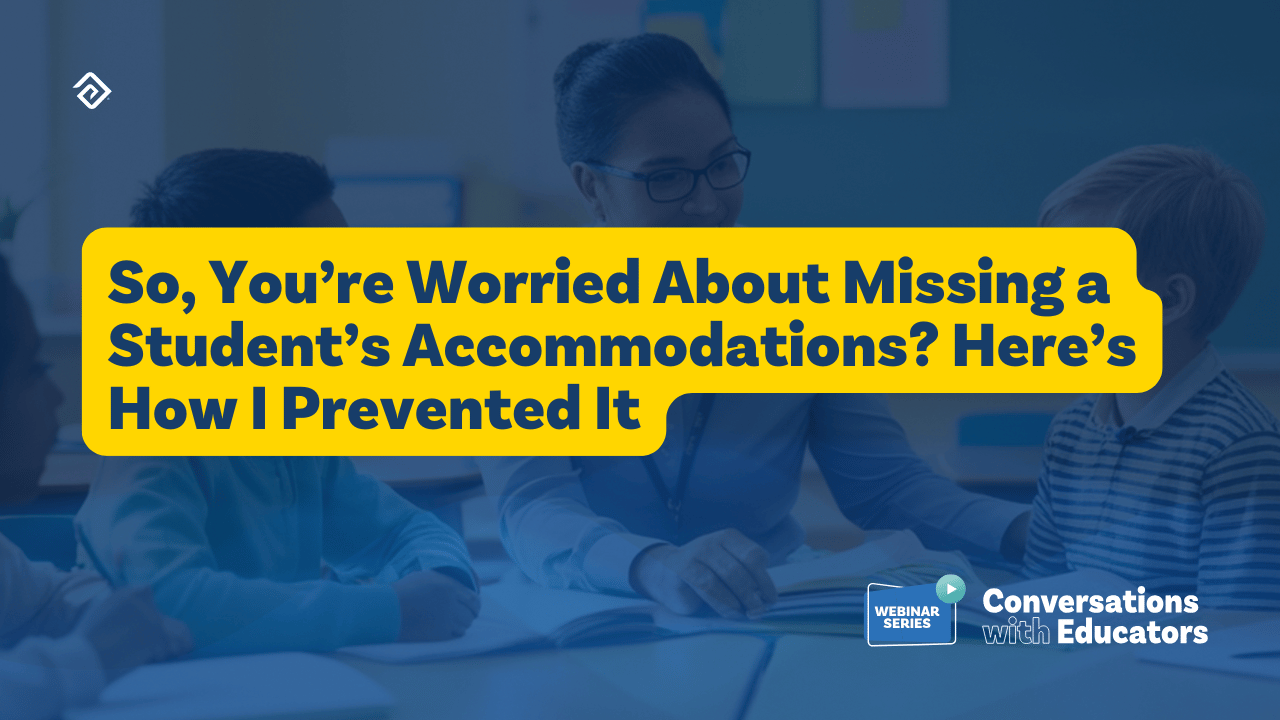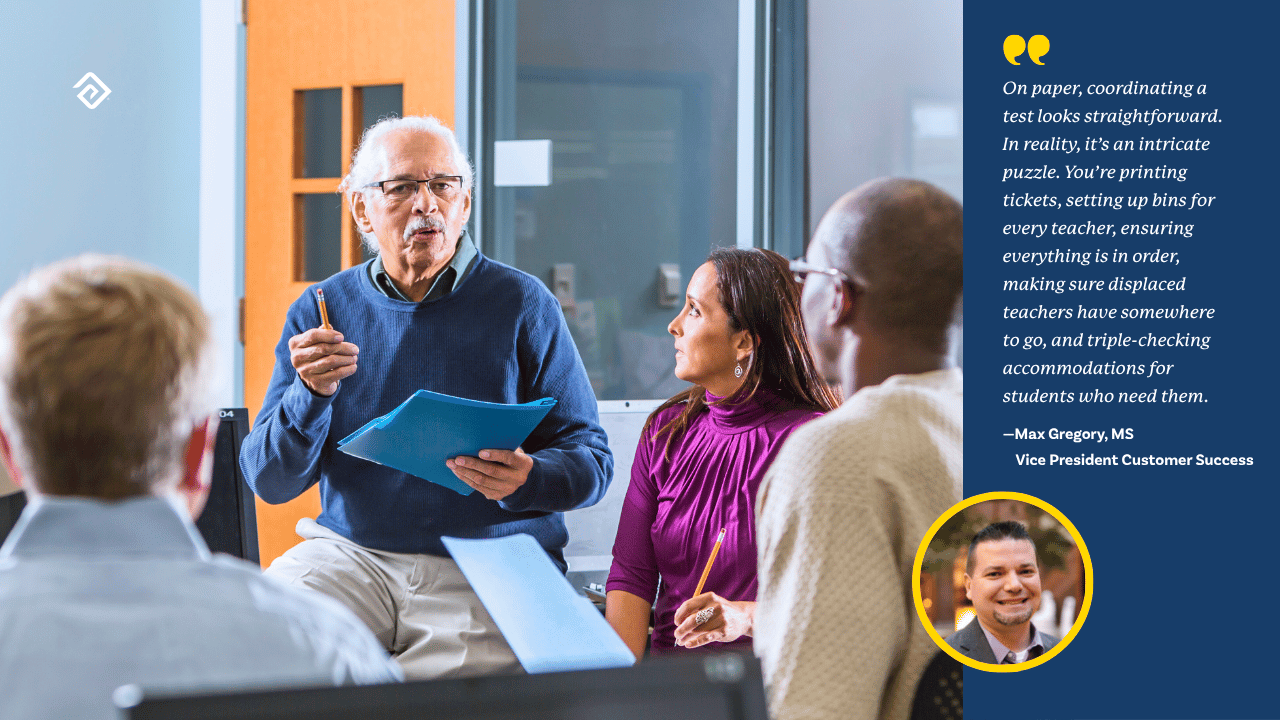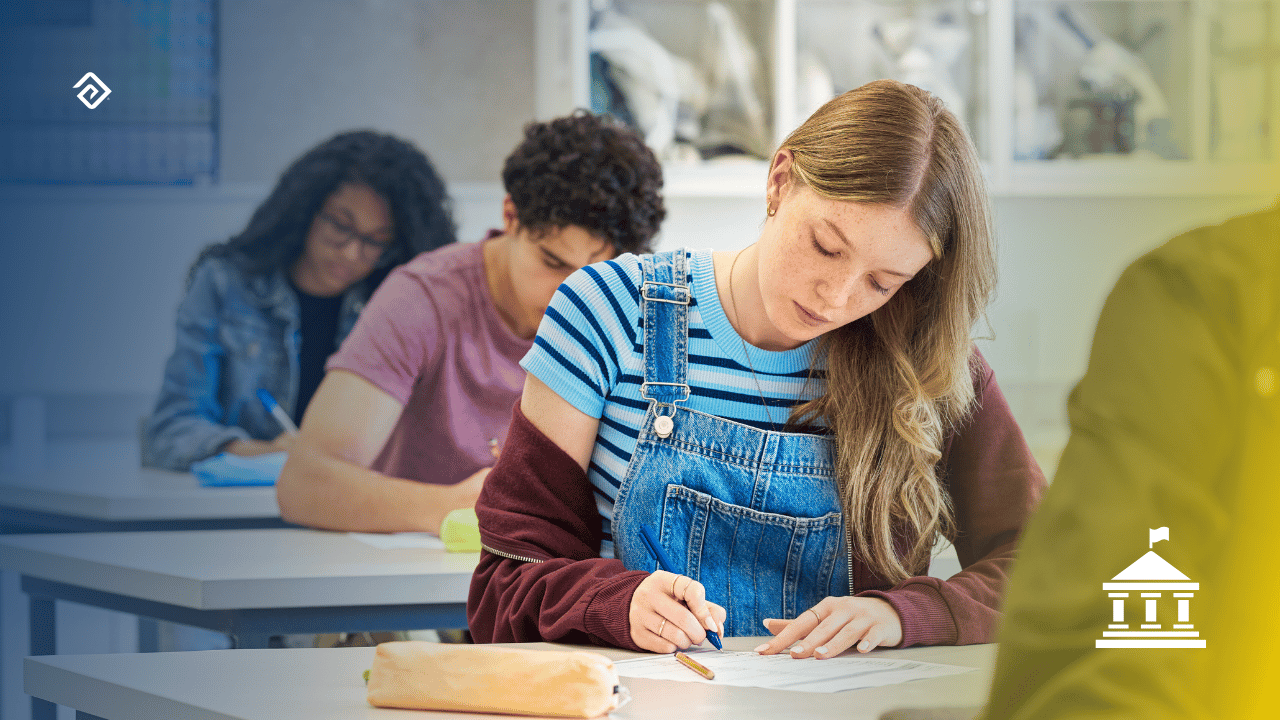Authentic Learning: Bringing Real-World Relevance to the Classroom

Authentic learning involves focusing on connecting what students learn in the classroom to how they can apply these skills in real-life situations at home, at work, and in solving everyday problems. It’s also a way to foster passion in students, so they can experience a more meaningful learning experience and create a pathway toward the future.
There are many ways to engage students in authentic learning experiences, through additional resources, films, books, pictures, and learning how to work through challenges faced in common situations. Teachers can share everyday, relatable experiences that help students apply what they learn in the classroom to other aspects of their lives.

What Makes the Learning Process Authentic?
When you compare traditional teaching methods with authentic learning, there’s a more hands-on approach to student learning in a more authentic way. It’s a learning environment that involves authentic experiences, relating coursework to practical knowledge, and developing skills for the real world. There are a number of characteristics involved in authentic student learning that support and prepare students for benefits beyond the classroom.
A Focus on Developing Critical Thinking Skills
When students are encouraged to think through problems to reach a solution or are guided by their individual or collective curiosities, they develop more effective critical thinking and problem-solving skills.
In authentic learning environments, students contribute to the direction of learning in the classroom, which means they are more motivated to explore and research answers to their questions and find solutions more independently.
This type of learning, also known as inquiry-based learning, gives students a chance to naturally learn and acquire knowledge in the classroom and outside of it. Essentially, it creates an authentic learning experience that promotes learning as a more enjoyable, exciting way to absorb and understand information while applying it in the real world.
Greater Problem-Solving Tools
Students better equipped to handle real-life situations develop more vital problem-solving skills. When students learn how to resolve conflict in their communities or handle difficult situations in a new, more effective way, this can lead to positive action later in life, including taking on a significant role in activism and supporting positive change.
The classroom is a great way to create awareness of real-world events, concerns, and situations that empower students to take action, in their way, within their communities.
Problem-solving is vital for everyday tasks and challenges, and can help students prepare for work and higher education. This higher level of thinking can allow students to make small but meaningful improvements at home and within society as they develop these tools and learn more about the world around them.
Brainstorming solutions and strategies in the classroom can ignite this process and give students a chance to test and develop their skills in communication and achieving goals.
Creating Active Learning Experiences
Project-based learning often takes the form of active learning, where students learn outside of the classroom, with teacher direction. This process may involve a field trip, a visit to a community center, a government building, or common areas that involve exploring, observing, and, later, discussion in school. Active learning is about helping students learn about the world around them, which promotes continued learning after class and outside of school.
Extracurricular groups of interest promote greater active learning opportunities, either through art, sports, the environment, and critical social issues. These groups are often student-led, allowing students to develop leadership skills they can apply in real life.
Consideration for Real-World Events
Many students benefit from relating what they learn from teachers and peers to what’s happening in the world, whether it’s the latest breaking news, community events, and other developments. Teachers often discover that students develop different perspectives and ideas and take a keener interest in real world issues.
These real-world problems are ideal for exploring through film, books, and realistic scenarios, which help engage students and help them become emotionally invested in their education, and the world they live in.
Engaging Students in the Authentic Learning Experience
Student skills develop through an authentic context, where kids are engaged to learn by creating a connection between what they learn in the classroom, its value, and how to apply it in the real world.
There are many fun, helpful activities that teachers can use to engage students in authentic learning, such as the following:
- Find real examples and consider how they can be recreated or used as an example in the classroom.
- Ask students about their interests, background, culture, and other characteristics.
- Engage students in discussions about current events and how they would react in a specific situation.
- Incorporate real-life experiences into artwork, writing assignments, and other course materials as a great way to get students interested in expressing their views and ideas.
- Observe how students interact with each other and how they react to various topics to determine where more authentic learning can benefit their needs.
When teachers meet with parents, they can better understand their student’s life at home, how they live, their culture, background, and other factors that contribute to their learning experience.
It’s always important to ask questions of both students and teachers to get a better idea of what they enjoy reading, watching, and playing so that these themes can be integrated into the classroom for a more enhanced learning experience.
Summary
Authentic learning is a powerful way to engage students in the classroom while providing connections to their world through solving real-life problems. Students learn how to find solutions on their own and by working together as a team. The great advantage of the authentic learning experience is that there are many ways to incorporate real-life scenarios, interests, and experiences into classroom learning.
This approach supports traditional learning methods while helping students bridge research and what they learn on their own to a more enhanced way of learning in the classroom and beyond. Students are stimulated to customize what they learn and how they learn based on how they interact with the real world, which is more effective for greater learning outcomes.
If your school is interested in new ways to improve the learning experience for children, you may also be interested in automating tasks and streamlining processes so that your teachers have more time to teach. Education Advanced offers a large suite of tools that may be able to help. For example, three of our most popular and effective tools are:
Suppose your school is interested in new ways to improve the learning experience for children. In that case, you may also be interested in automating tasks and streamlining processes, so your teachers have more time to teach. Education Advanced offers an extensive suite of tools that may be able to help. For example, three of our most popular and effective tools are:
- Cardonex, our master schedule software, helps schools save time on building master schedules. Many schools used to spend weeks using whiteboards to organize the right students, teachers, and classrooms into the right order so that students could graduate on time and get their preferred classes. However, Cardonex can now be used to automate this task and deliver 90% of students' first-choice classes within a couple of days.
- Testhound, our test accommodation software, helps schools coordinate thousands of students across all state and local K-12 school assessments while taking into account dozens of accommodations (reading disabilities, physical disabilities, translations, etc.) for students.
- Pathways, our college and career readiness software, helps administrators and counselors create, track, and analyze graduation pathways to ensure secondary students are on track to graduate.
- Evaluation, our teacher evaluation software, documents every step of the staff evaluation process, including walk-throughs, self-evaluations, supporting evidence, reporting, and performance analytics.


More Great Content
We know you'll love




